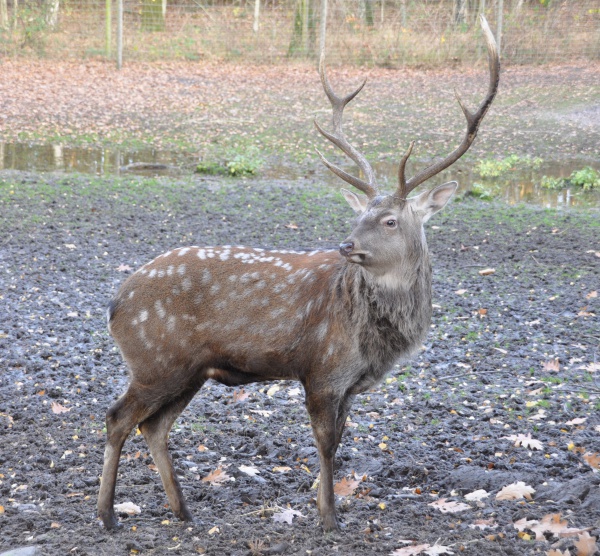Facts About Sika, Formosan Sika
The sika deer, also known as the spotted deer or Japanese deer, is a captivating species native to East Asia, although it has also been introduced to various other parts of the world. The name "sika" is derived from the Japanese word for deer. Taxonomically, they belong to the genus Cervus, along with red deer, although recent DNA studies have prompted some reclassification within this group.
One of the most striking characteristics of sika deer is the size variation among subspecies and the noticeable difference between males and females, with males being larger. These medium-sized herbivores are easily identifiable by their spots, which they retain throughout their lives, and their coat colors, which can vary.
Sika deer are generally active during the day but can become nocturnal in areas with significant human activity. They exhibit a range of behaviors, often living in single-sex groups or forming large herds, especially in autumn and winter. During the rutting season, males become territorial and gather harems of females. Females have a seven-month gestation period and usually give birth to a single fawn. Communication among sika deer includes a variety of vocalizations.
In terms of habitat, sika deer prefer temperate and subtropical forests with dense undergrowth. Although they have been introduced to numerous countries, their populations vary widely. Japan boasts the largest native sika population, but even there, conservation efforts are necessary to manage their numbers. In other regions, such as Europe, North America, and Australia, introduced populations have established themselves, sometimes thriving and other times struggling.
Sika deer are highly prized by hunters due to their elusive nature. They employ different survival strategies compared to native deer species. Predators such as tigers, wolves, leopards, and bears pose significant threats to them, with lynx and golden eagles preying on the fawns. In traditional Chinese medicine, sika deer velvet antlers are highly valued, leading to the farming of these animals in some regions for this purpose.
